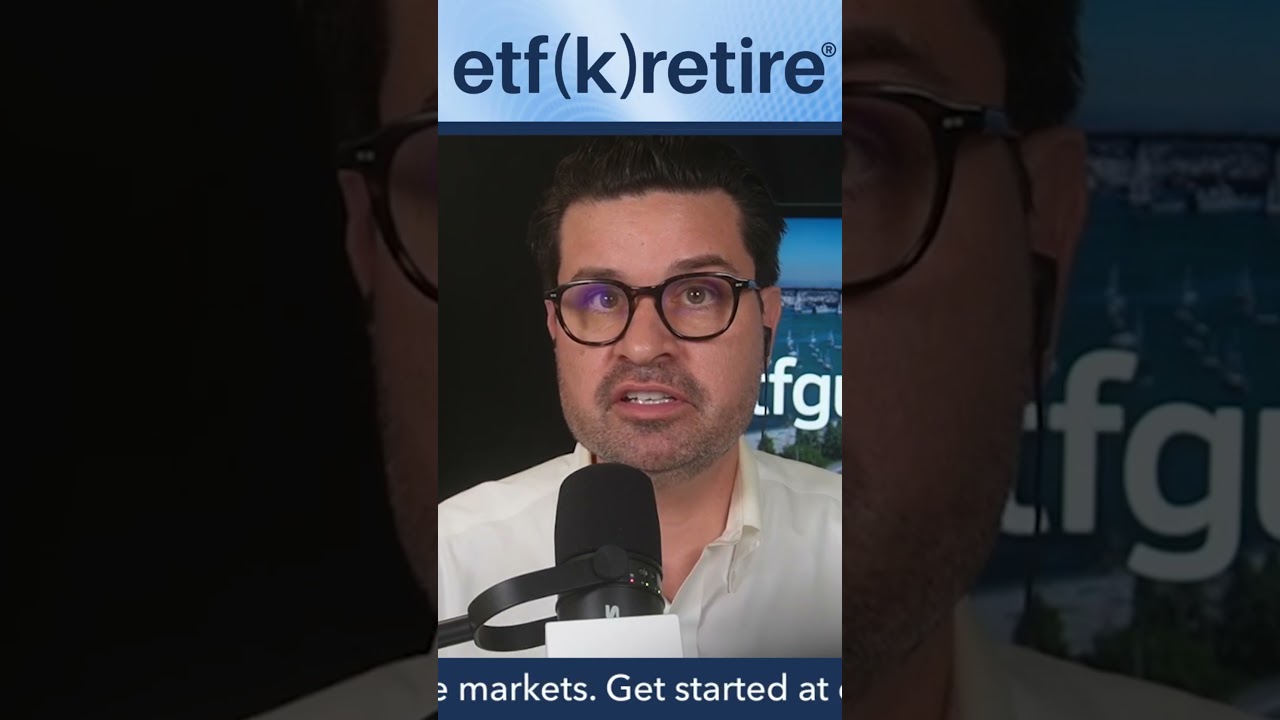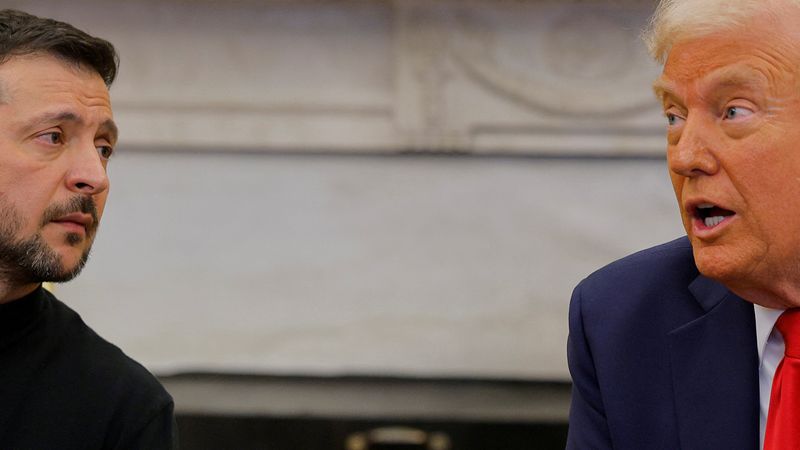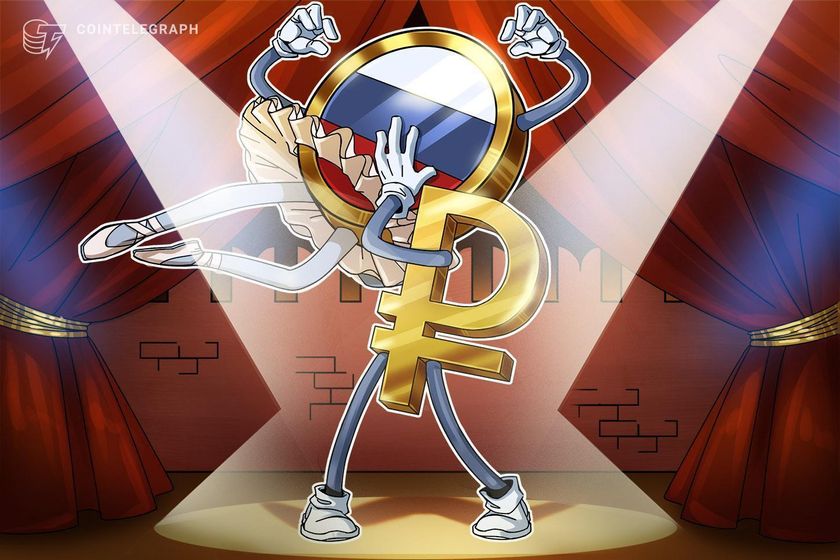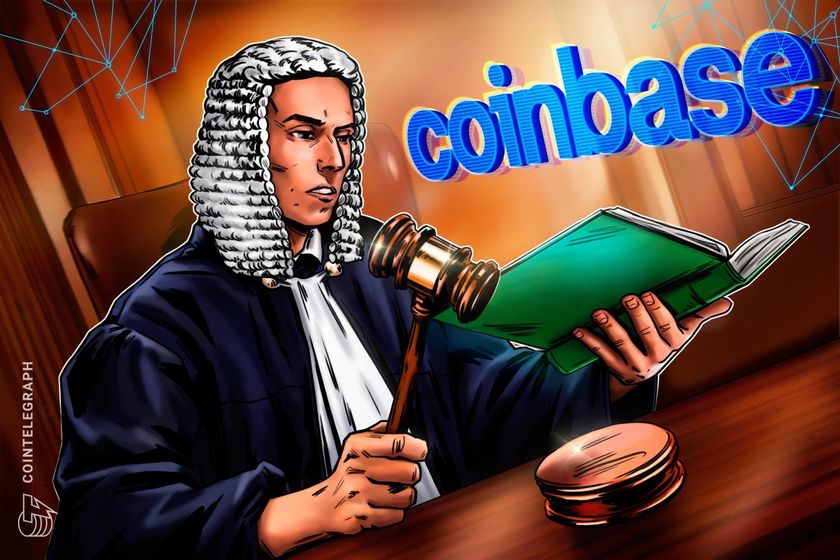Global demand grows for non-dollar stablecoins, says Fireblocks exec
Governments outside the US, including Singapore, are increasingly interested in stablecoins not tied to the US dollar, despite their currently limited liquidity, Fireblocks director of policy Dea Markova told Cointelegraph at Token2049.In an exclusive interview, Markova described the competition with dollar-pegged stablecoins as “all about sovereignty.” She compared the situation to earlier tensions between governments and US payment giants like Visa and Mastercard. “Now we’re seeing the same dynamic with stablecoins — on a smaller scale for now — but they’re definitely emerging as a new arena for sovereign concerns,” she said.According to Markova, dollar-pegged stablecoins operating in the European Union are already "having a massive headache," particularly from central banks. "Even though they're compliant and regulated, they're having a fixed push back.”Dea Markova at Token2049. Source: CointelegraphThe European Central Bank is increasing pressure to accelerate the development of a digital euro, citing concerns over the systemic impact of dollar-linked stablecoins within the eurozone. On April 29, the Bank of Italy released a report saying dollar-pegged stablecoins’ reliance on US Treasury bonds could increase systemic risk vulnerabilities.Stablecoins’ market capitalization is dominated by dollar-pegged coins, especially Tether’s USDT (USDT) and Circle’s USDC (USDC). According to DefiLlama, those two coins combine for $210.9 billion (or 87.2%) of the $241.8 billion total market cap for such tokens. In fact, all 10 of the top stablecoins are pegged to the dollar.Top 10 stablecoins by market cap. Source: DefiLlamaFor Markova, the situation is similar to previous conflicts between governments and US payment giants like Visa and Mastercard. “Now we’re seeing the same dynamic with stablecoins — on a smaller scale for now — but they’re definitely emerging as a new arena for sovereign concerns,” she said.UAE ahead on ‘regulatory thinking’Markova added that the United Arab Emirates is “definitely ahead in its regulatory thinking” on stablecoins. She cited Abu Dhabi as an example, noting that the emirate does not require stablecoin issuers to be domiciled or licensed locally, unlike the regulatory approach in Europe.Markova explained that Abu Dhabi's approach is to conduct its due diligence on global stablecoins and decide whether local exchanges can offer them. "[...] is a far more reasonable approach to give local businesses access to global liquidity and payments.”In December 2024, USDT was approved as a recognized virtual asset in Abu Dhabi, followed by Circle receiving regulatory approval for USDC on April 29. Meanwhile, Abu Dhabi institutions are collaborating on the launch of a regulated dirham-pegged stablecoin.Related: ECB exec renews push for digital euro to counter US stablecoin growth



Governments outside the US, including Singapore, are increasingly interested in stablecoins not tied to the US dollar, despite their currently limited liquidity, Fireblocks director of policy Dea Markova told Cointelegraph at Token2049.
In an exclusive interview, Markova described the competition with dollar-pegged stablecoins as “all about sovereignty.” She compared the situation to earlier tensions between governments and US payment giants like Visa and Mastercard. “Now we’re seeing the same dynamic with stablecoins — on a smaller scale for now — but they’re definitely emerging as a new arena for sovereign concerns,” she said.
According to Markova, dollar-pegged stablecoins operating in the European Union are already "having a massive headache," particularly from central banks. "Even though they're compliant and regulated, they're having a fixed push back.”
The European Central Bank is increasing pressure to accelerate the development of a digital euro, citing concerns over the systemic impact of dollar-linked stablecoins within the eurozone.
On April 29, the Bank of Italy released a report saying dollar-pegged stablecoins’ reliance on US Treasury bonds could increase systemic risk vulnerabilities.
Stablecoins’ market capitalization is dominated by dollar-pegged coins, especially Tether’s USDT (USDT) and Circle’s USDC (USDC). According to DefiLlama, those two coins combine for $210.9 billion (or 87.2%) of the $241.8 billion total market cap for such tokens. In fact, all 10 of the top stablecoins are pegged to the dollar.
For Markova, the situation is similar to previous conflicts between governments and US payment giants like Visa and Mastercard. “Now we’re seeing the same dynamic with stablecoins — on a smaller scale for now — but they’re definitely emerging as a new arena for sovereign concerns,” she said.
UAE ahead on ‘regulatory thinking’
Markova added that the United Arab Emirates is “definitely ahead in its regulatory thinking” on stablecoins. She cited Abu Dhabi as an example, noting that the emirate does not require stablecoin issuers to be domiciled or licensed locally, unlike the regulatory approach in Europe.
Markova explained that Abu Dhabi's approach is to conduct its due diligence on global stablecoins and decide whether local exchanges can offer them. "[...] is a far more reasonable approach to give local businesses access to global liquidity and payments.”
In December 2024, USDT was approved as a recognized virtual asset in Abu Dhabi, followed by Circle receiving regulatory approval for USDC on April 29. Meanwhile, Abu Dhabi institutions are collaborating on the launch of a regulated dirham-pegged stablecoin.
Related: ECB exec renews push for digital euro to counter US stablecoin growth

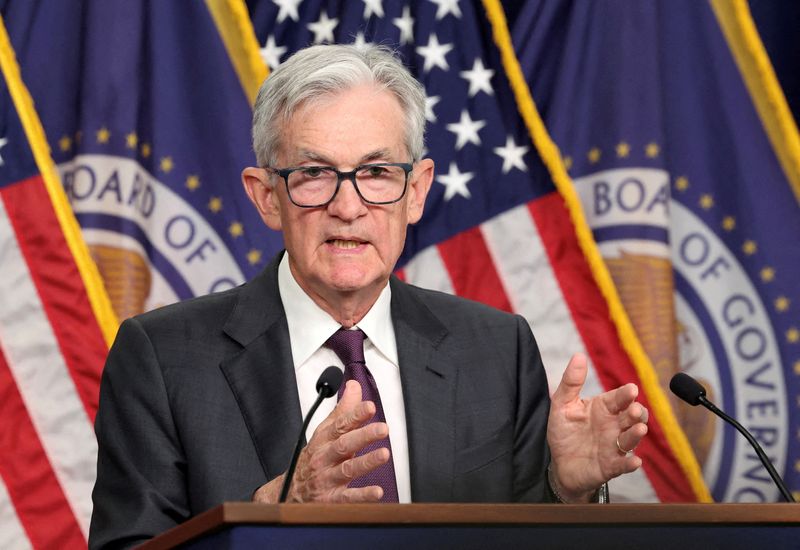
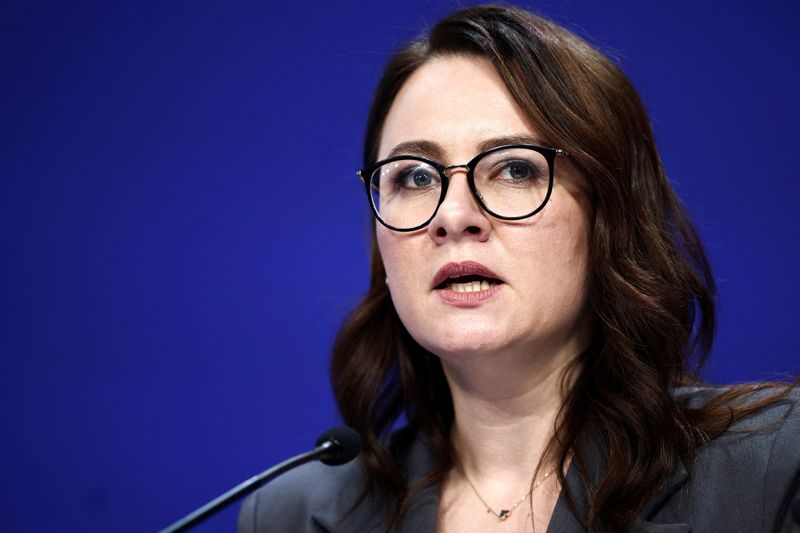

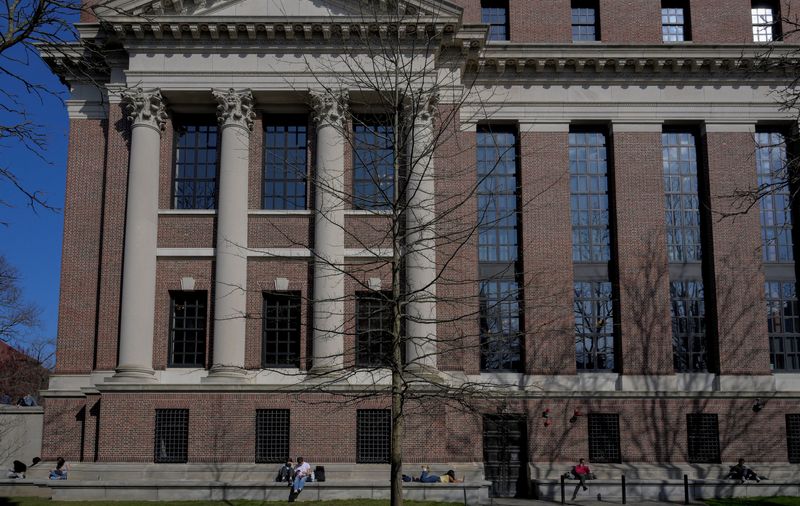
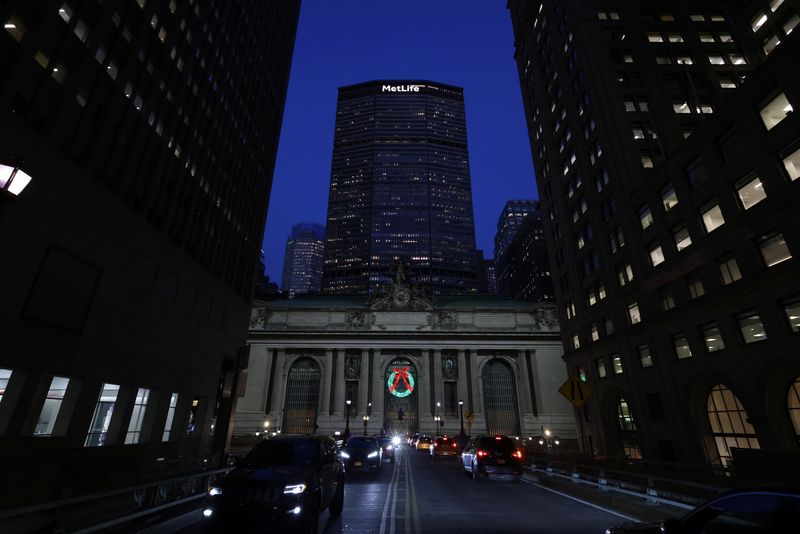












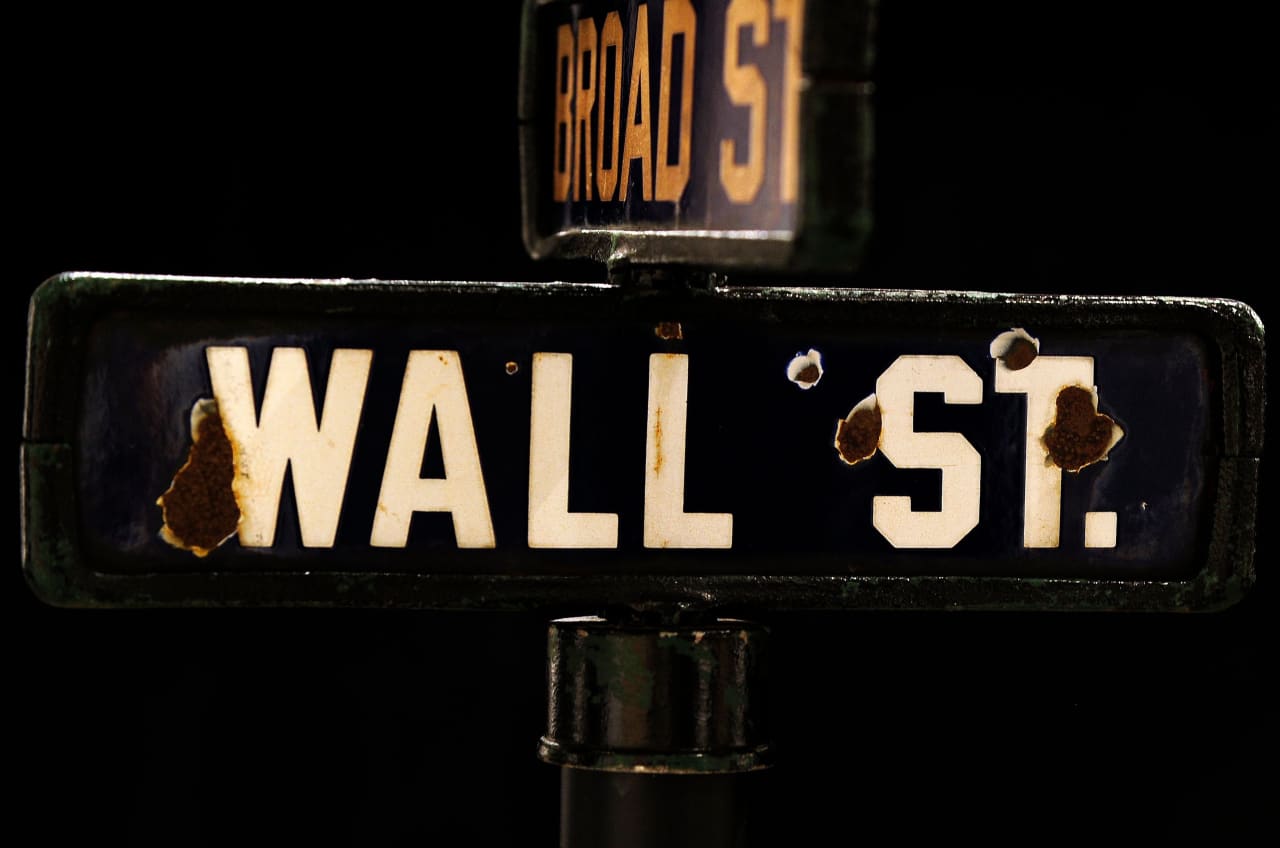


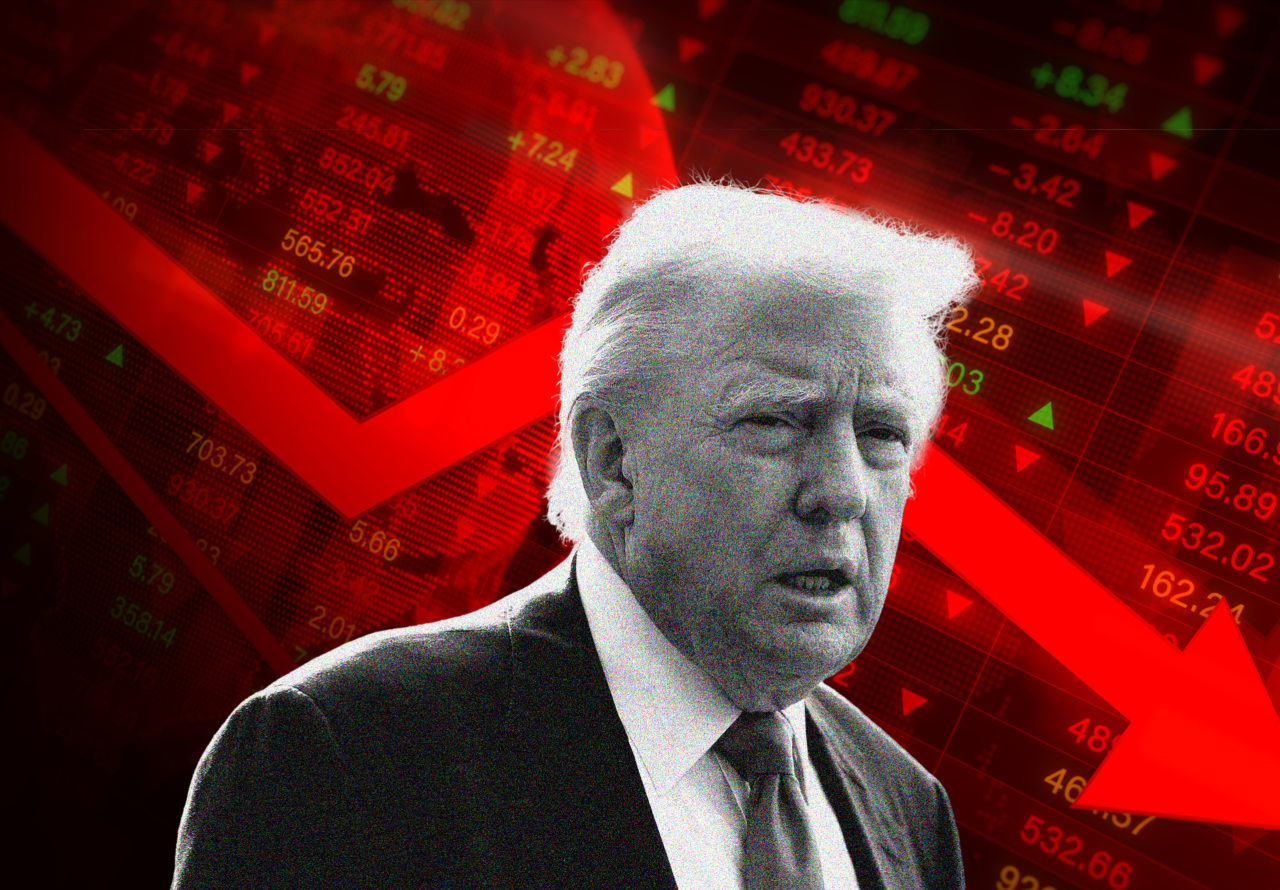
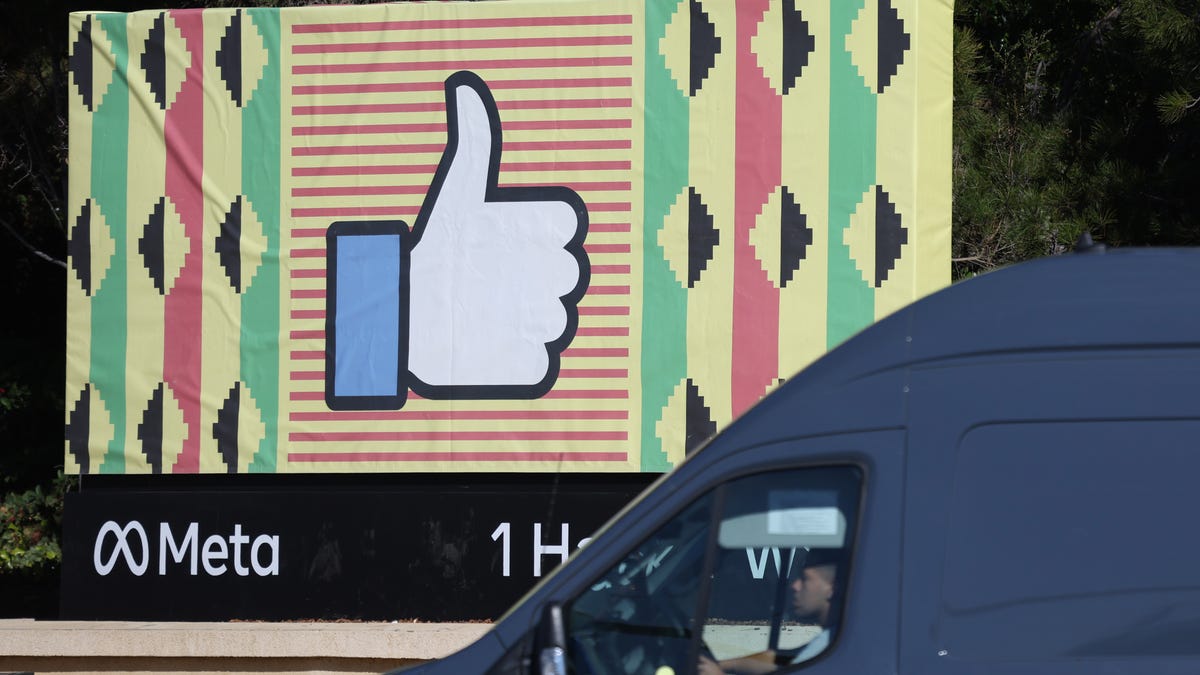

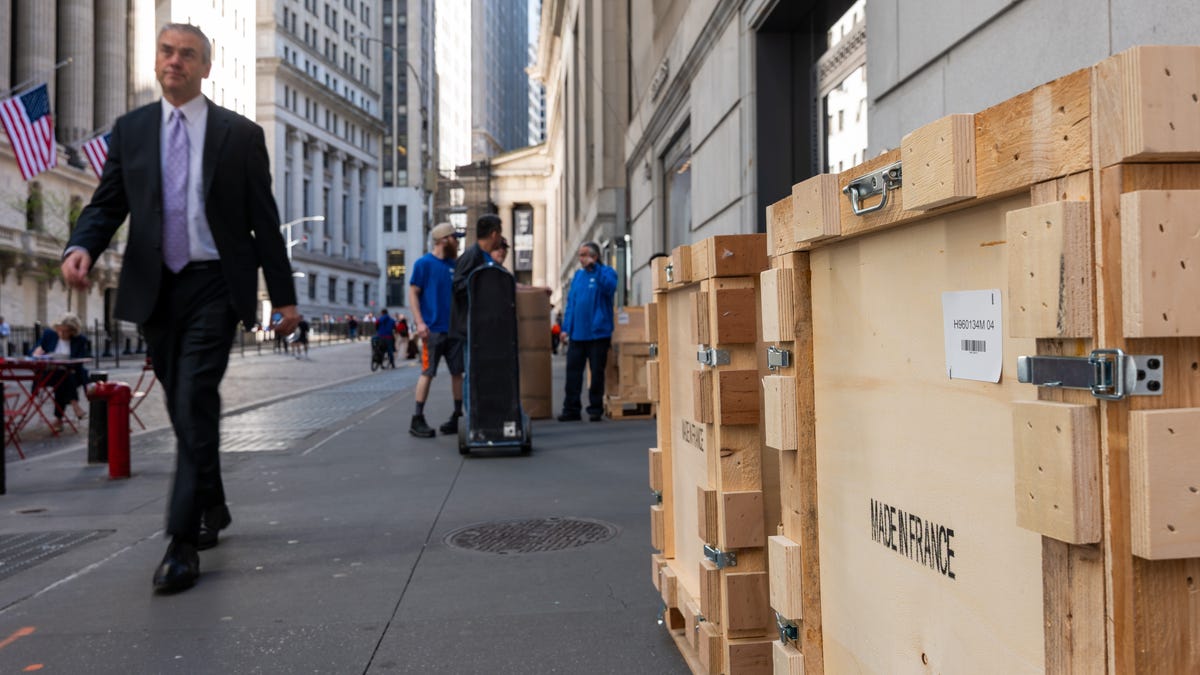
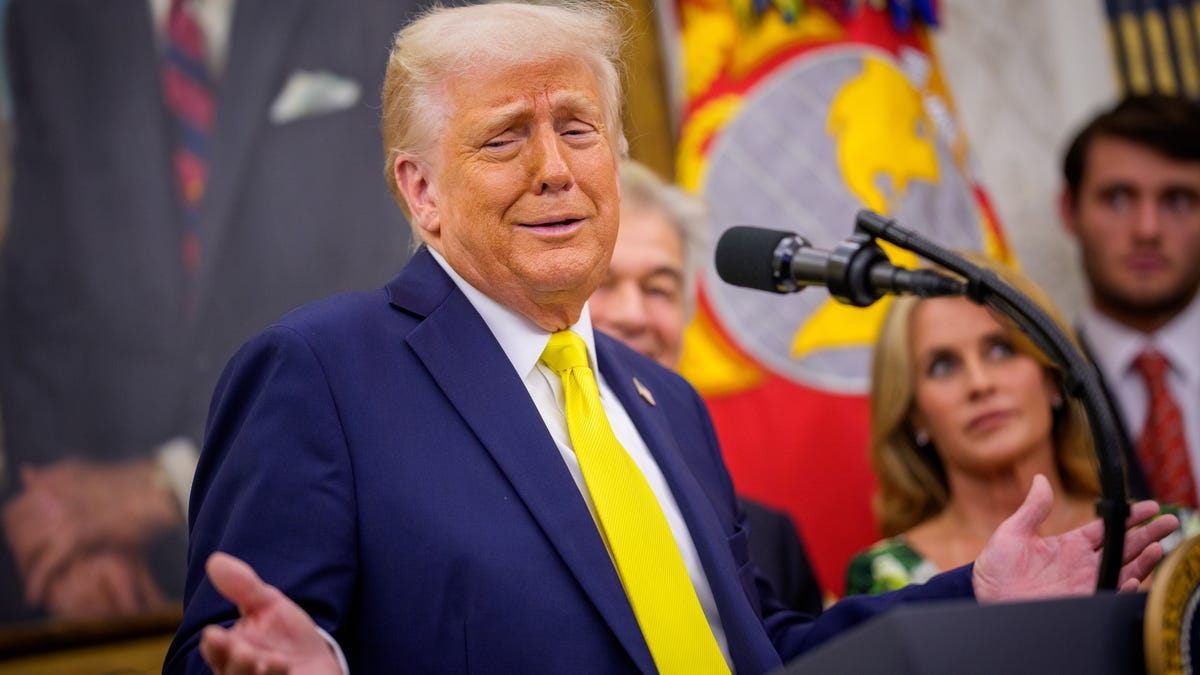











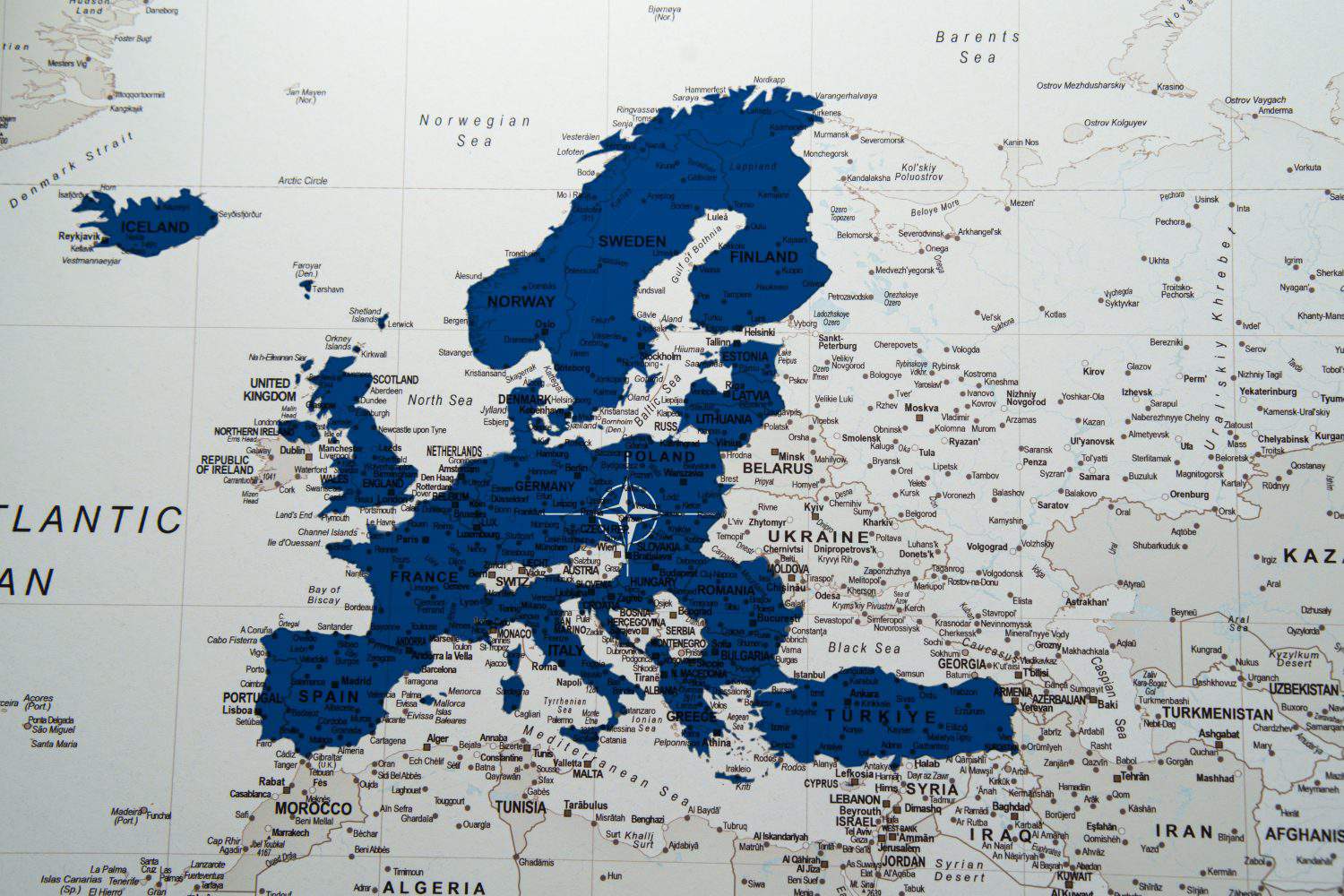





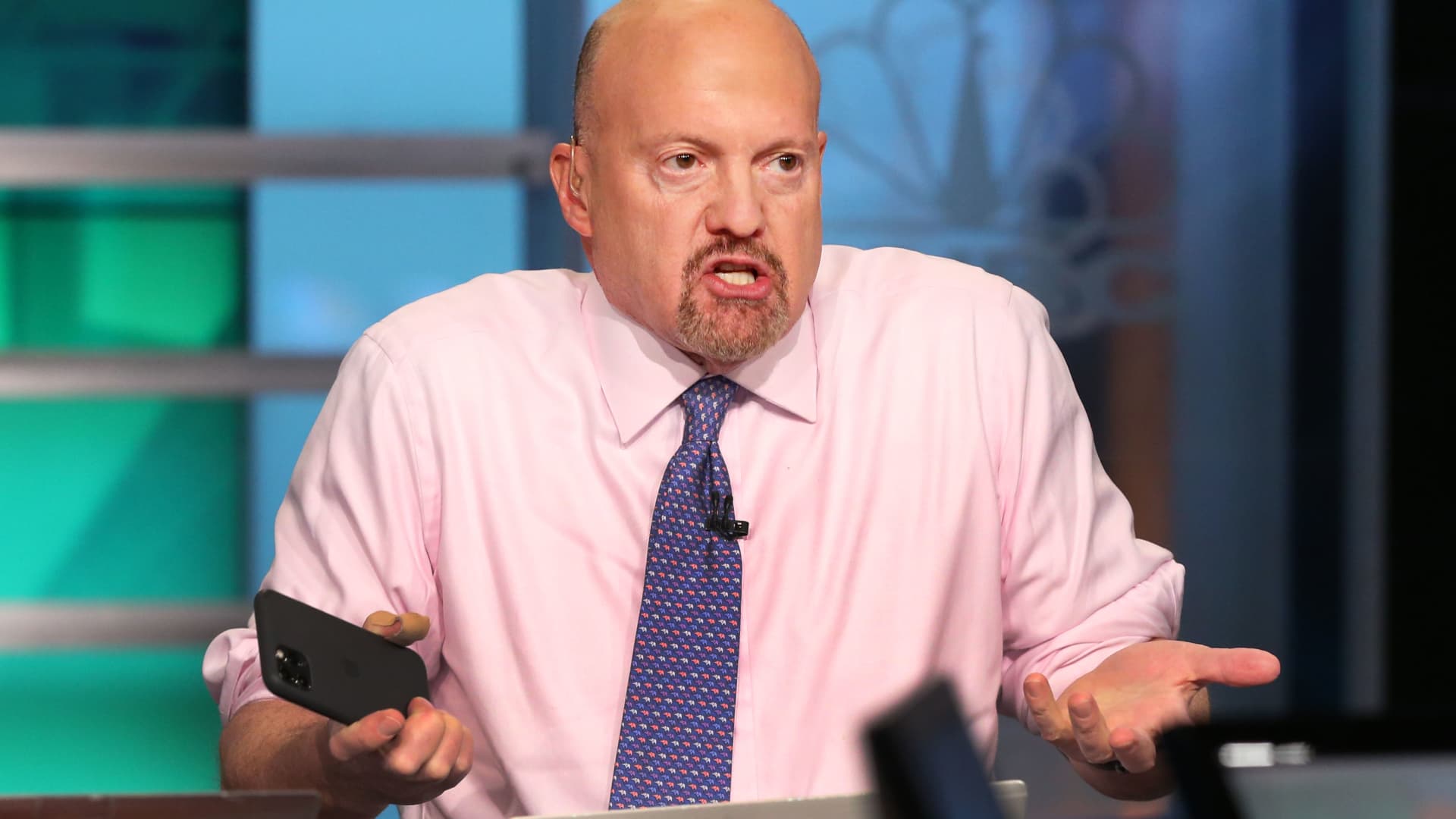





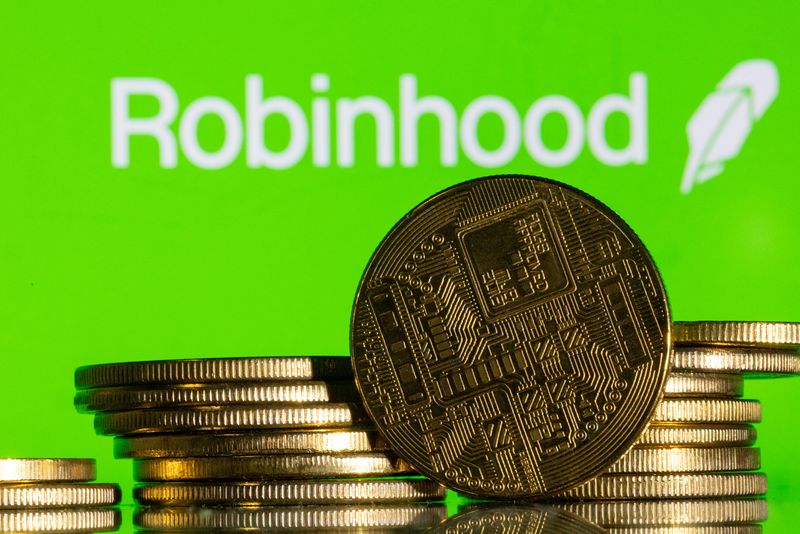
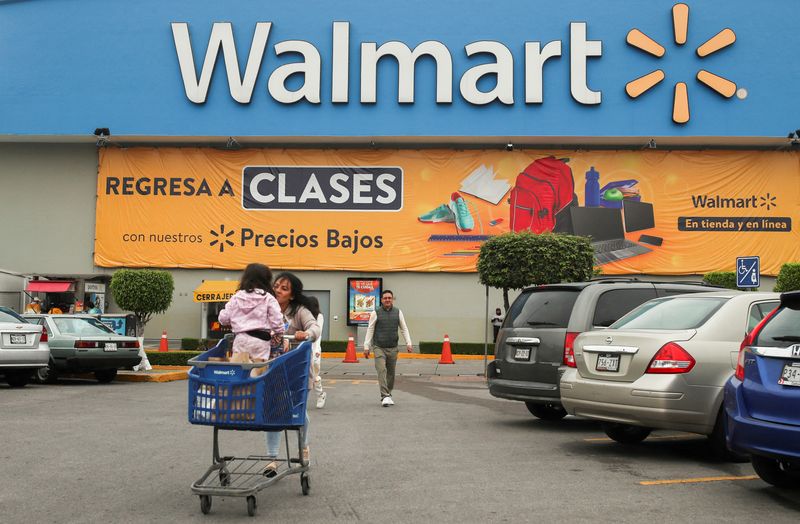

















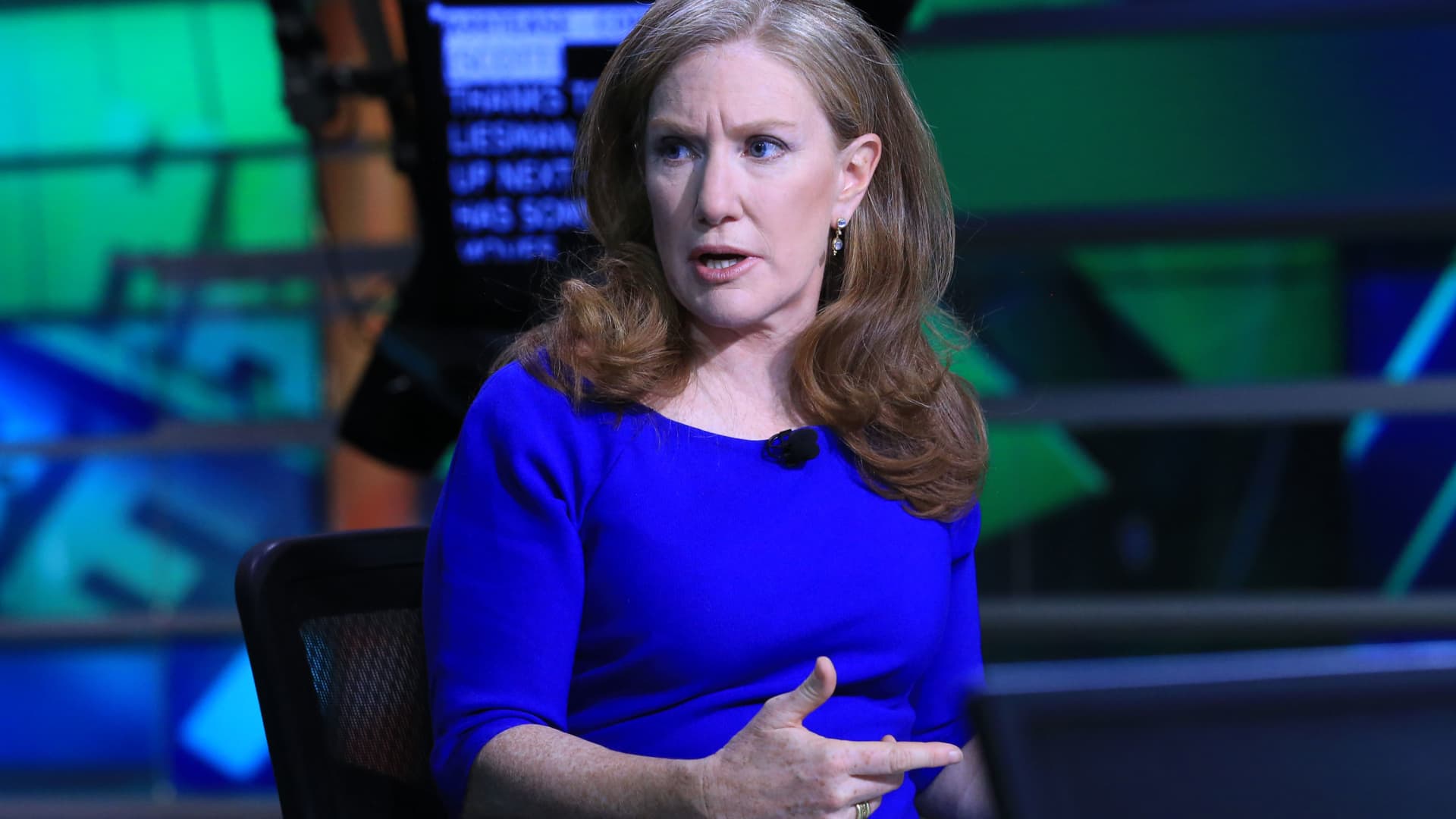



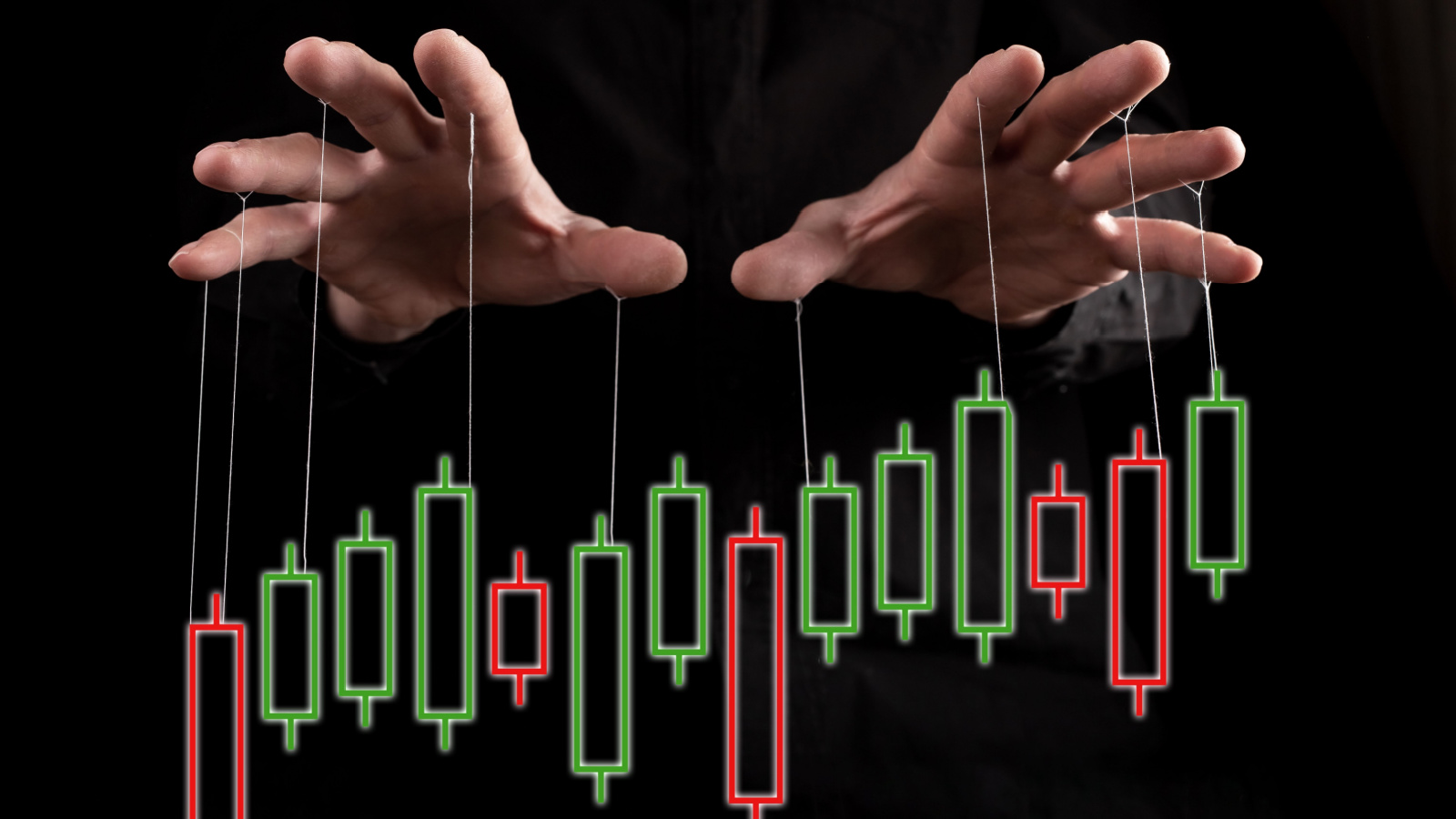
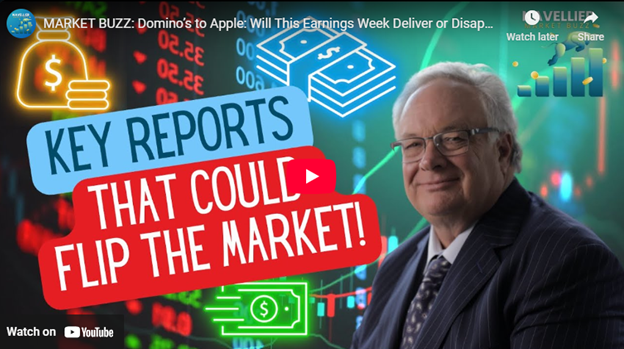








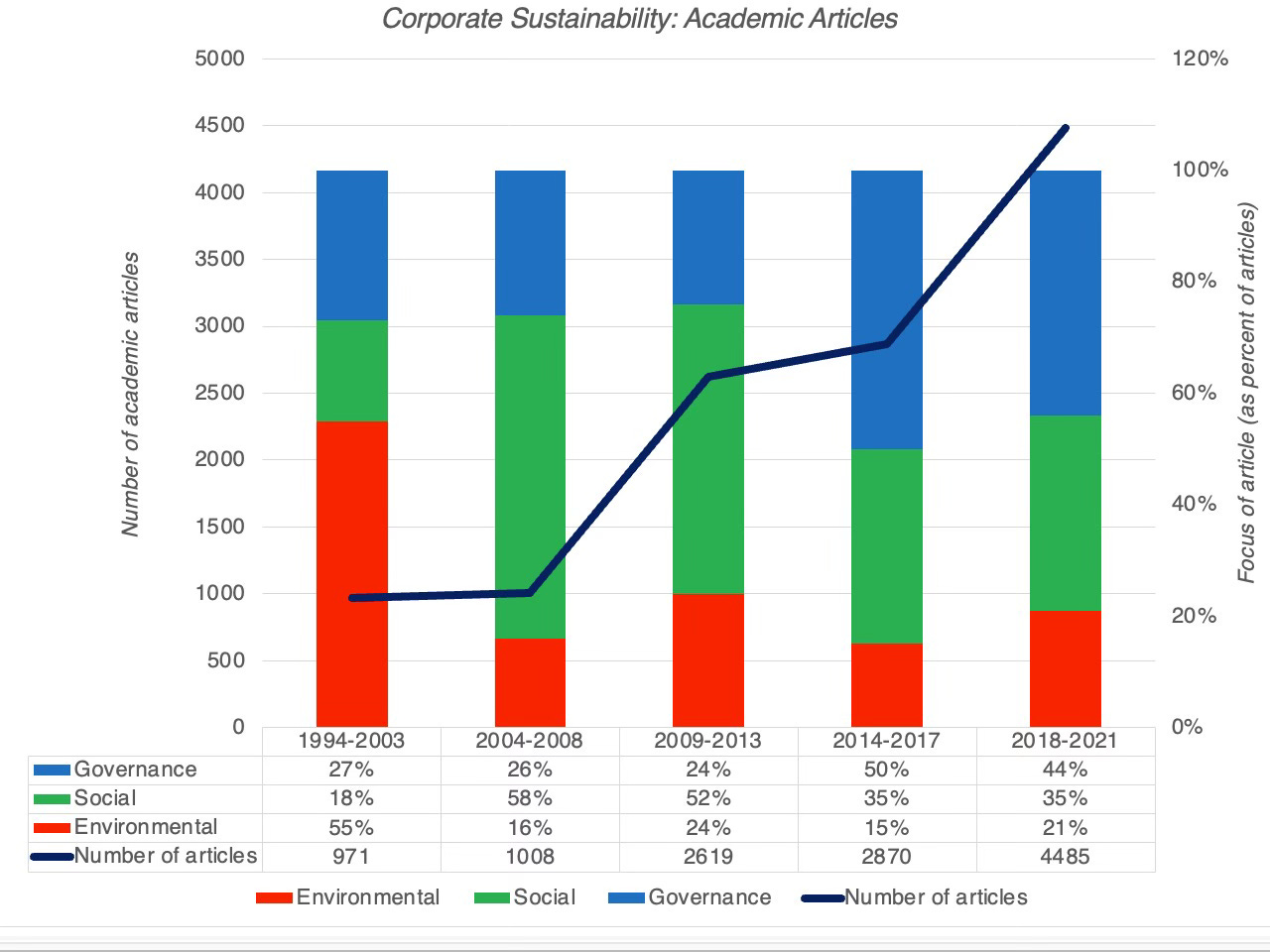



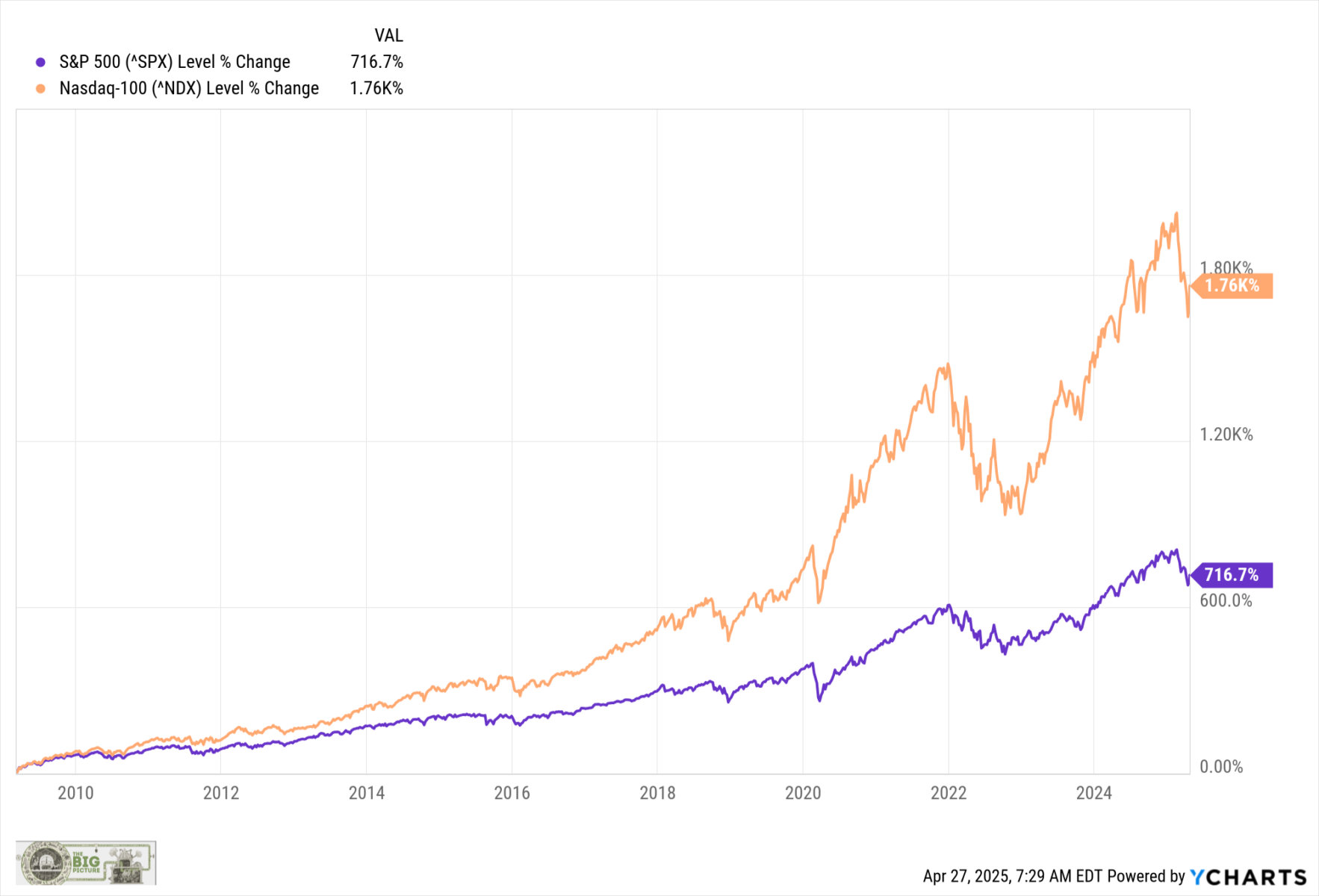







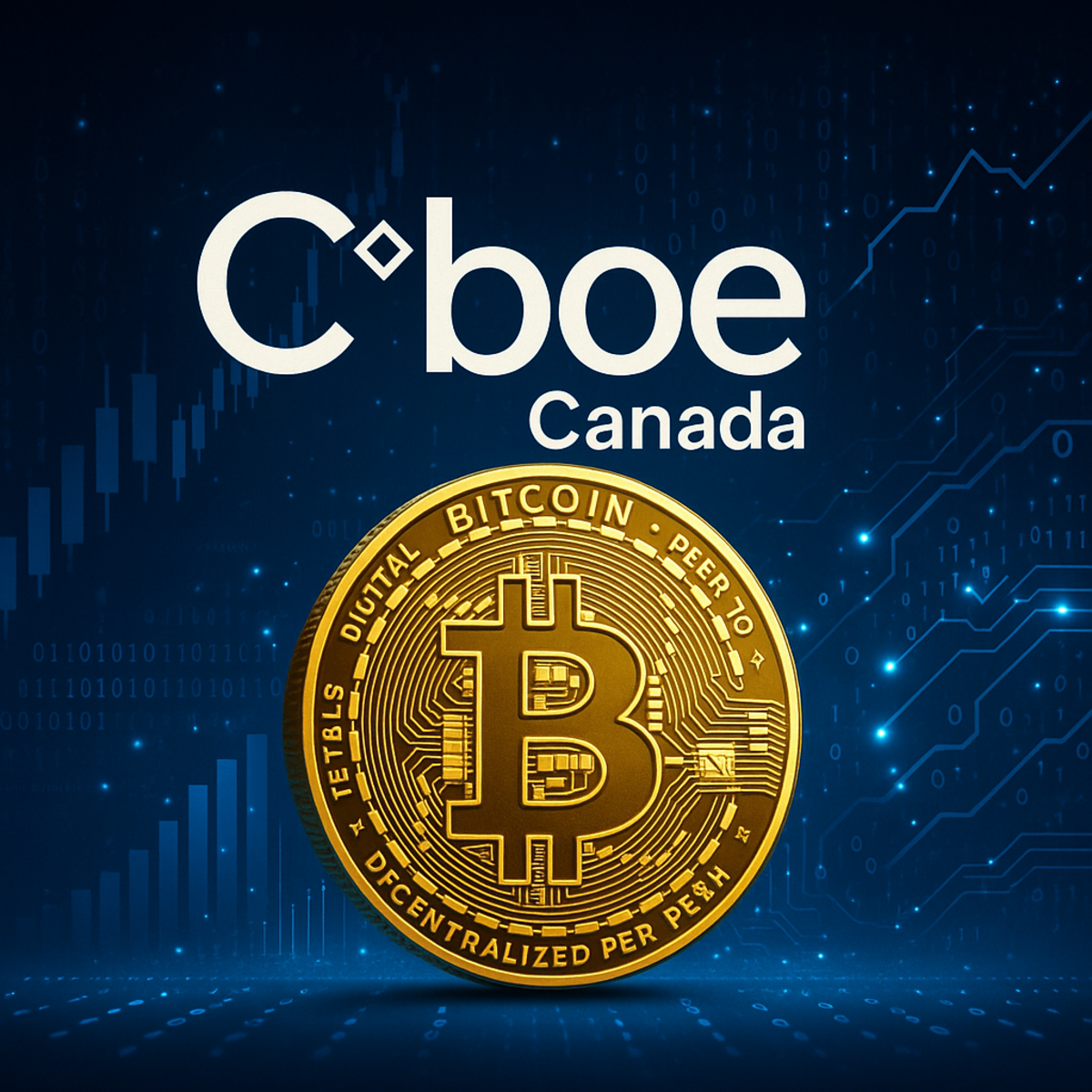




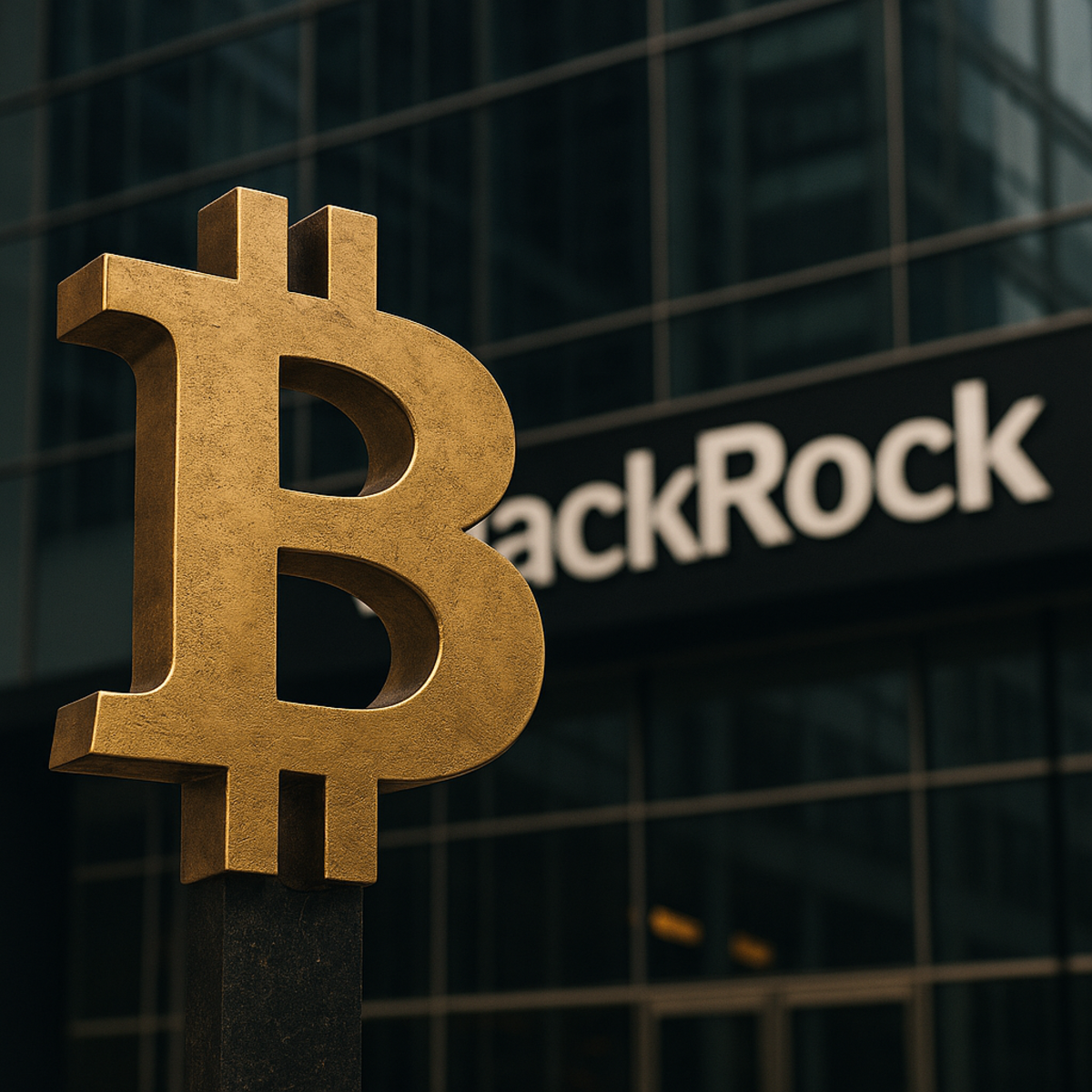



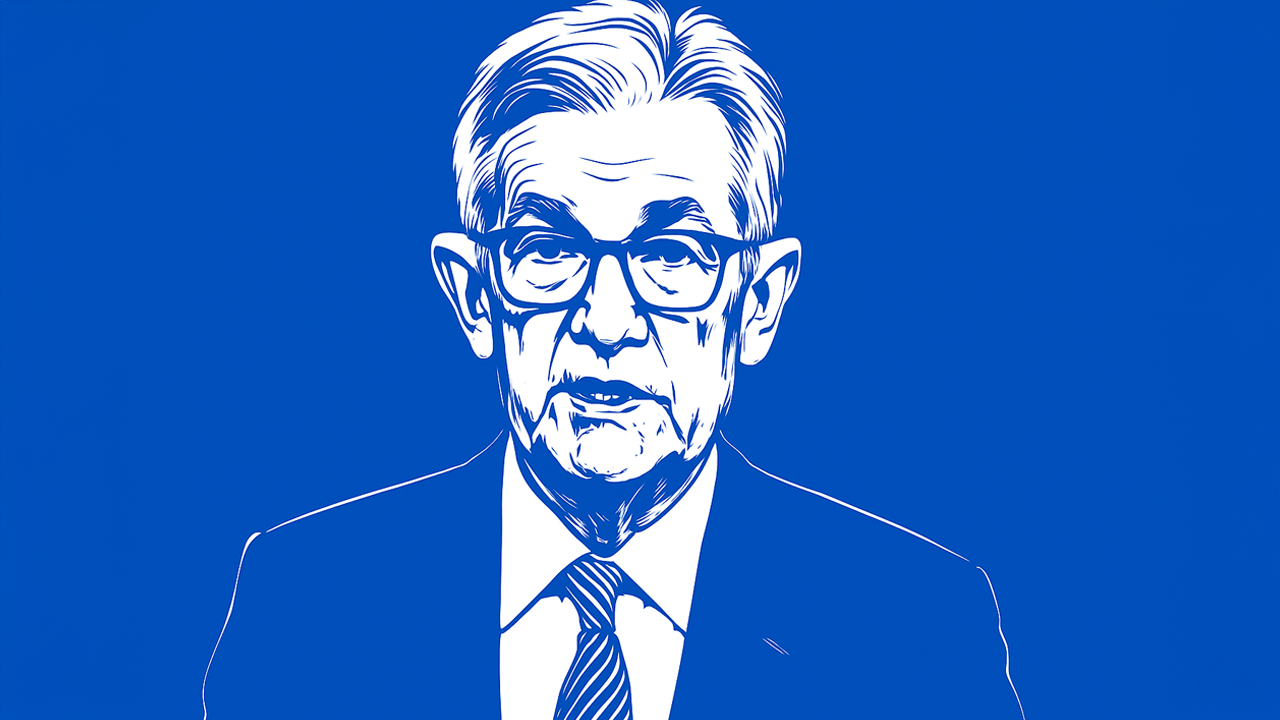

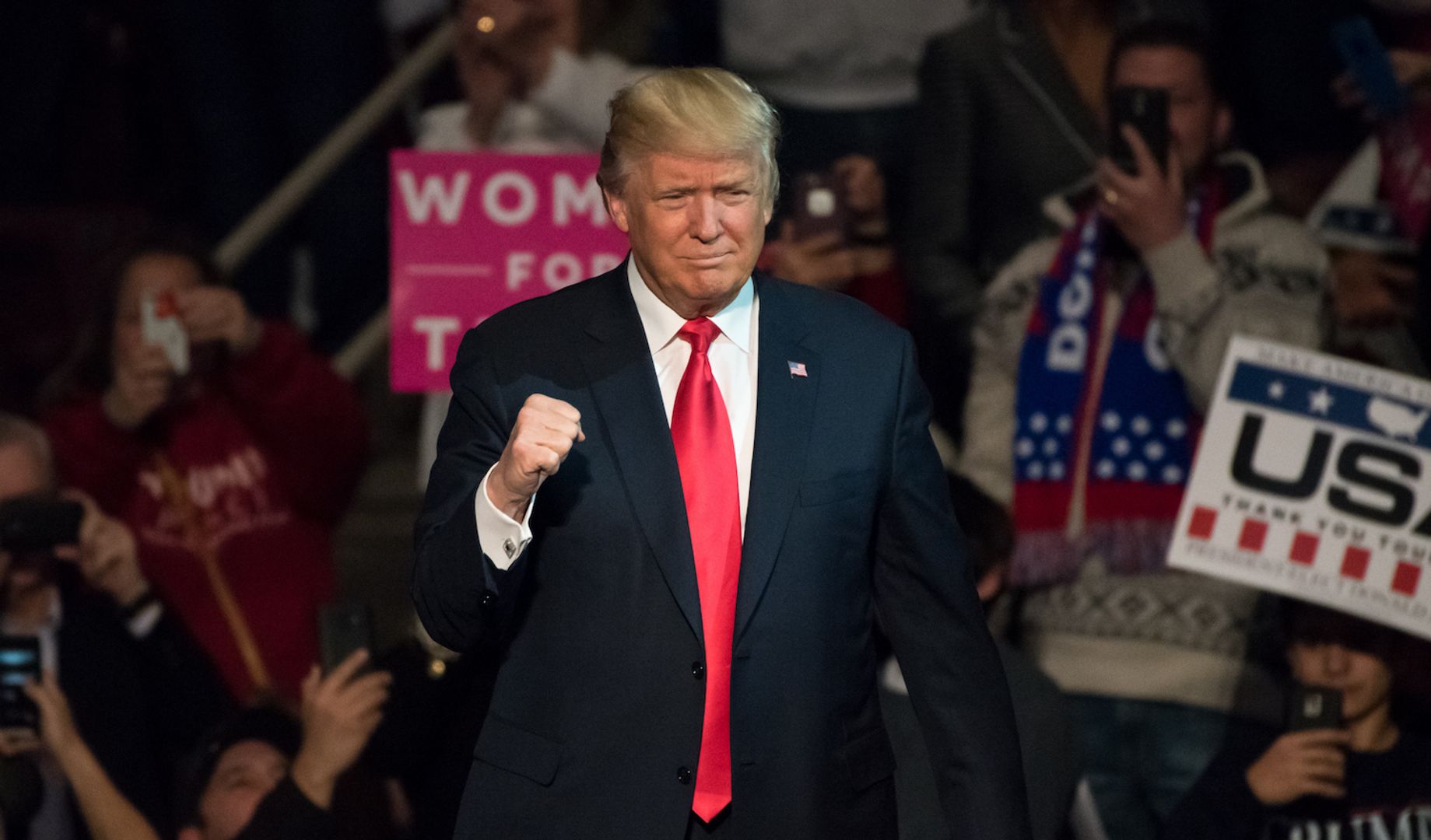

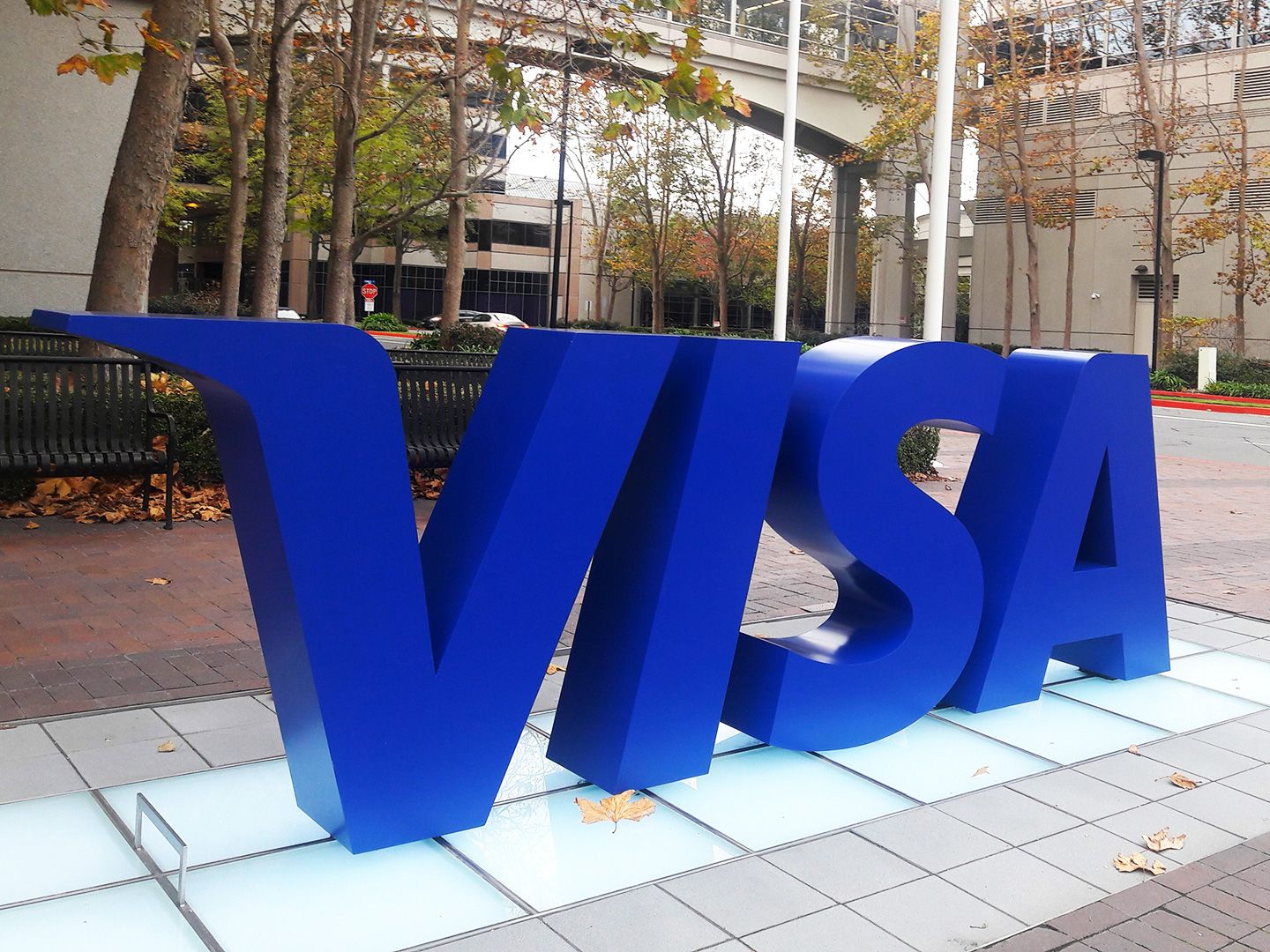


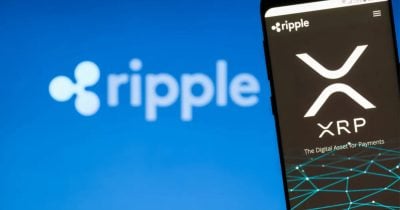

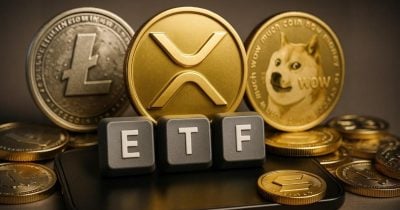




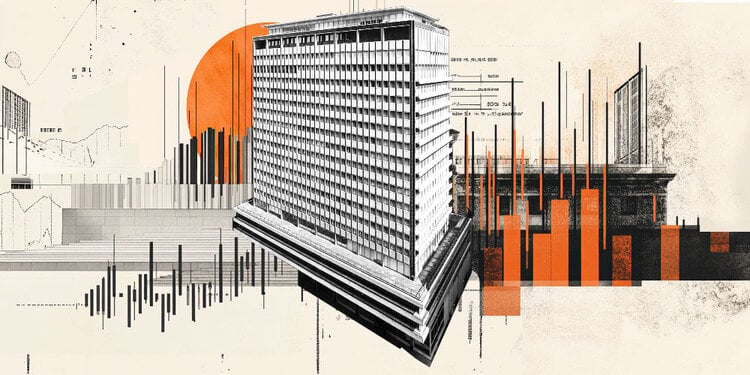
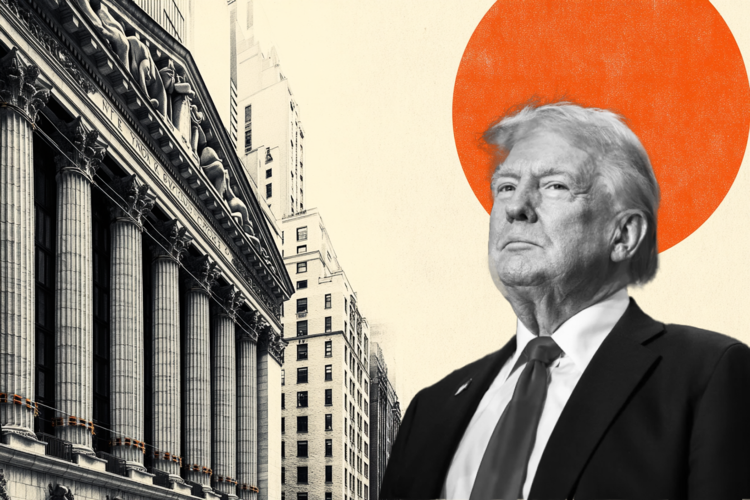






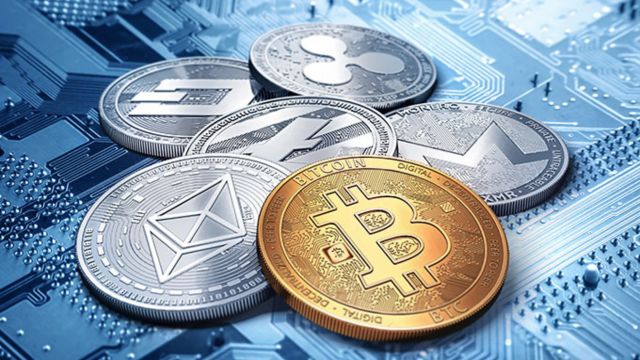

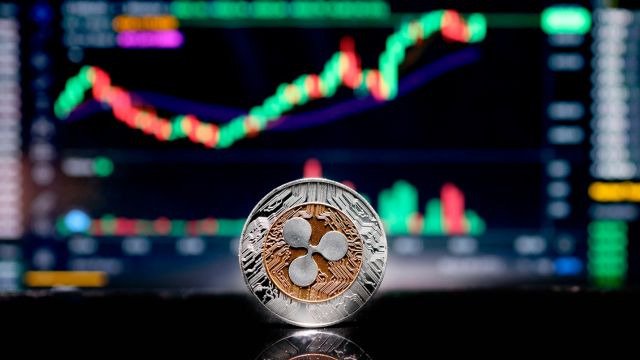





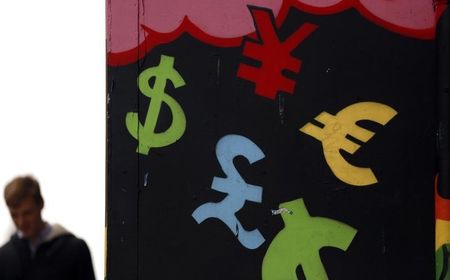
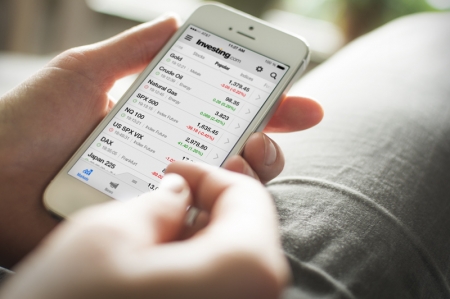
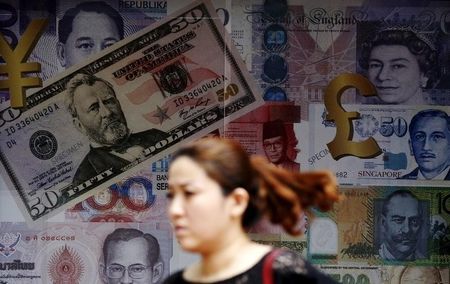
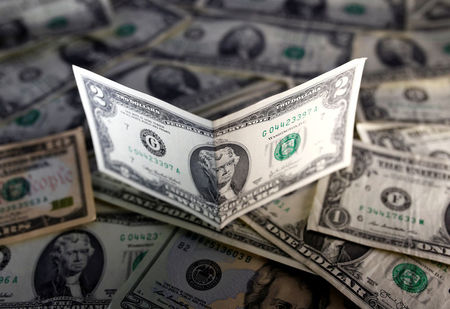





-logo-1200x675.png?v=20240521153233&w=240&h=240&zc=2)






